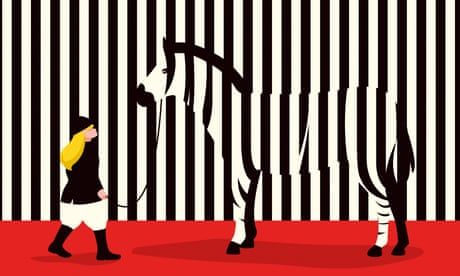
From seeing things to hearing voices, there’s a finer line between hallucination and reality than you might suppose
When did you last hallucinate? “The visionary tendency is much more common among sane people than is generally suspected,” wrote the 19th-century psychologist Sir Francis Galton. Setting aside the vivid, often emotive, cinema of our dreams, we are all more vulnerable to “seeing things” than we might at first suppose.
Around four fifths of people who have recently been bereaved report an encounter with their loved one: most commonly a lively sense of their presence, but some hear, see or speak with them. Up to 60% of people who lose sight in later life see things that aren’t there, sometimes extravagant images such as the “two young men … wearing magnificent cloaks … their hats … trimmed with silver” who appeared in the first reported case of Charles Bonnet syndrome, as this phenomenon is known, before “dissolving” away. A 20-year-old woman blindfolded for 12 hours saw “cities, skies, kaleidoscopes, lions and sunsets so bright she could ‘barely look at them’”. After losing a limb, most people carry a “constant or inconstant phantom of the missing member”, as Weir Mitchell, the American neurologist who coined the term phantom limb after studying 90 cases from the American civil war, put it. Pilots on long flights, travellers through snowstorms and deserts, prisoners and hostages held in darkness; their restless brains are all prone to see the things of which they’re being deprived.
Continue reading...